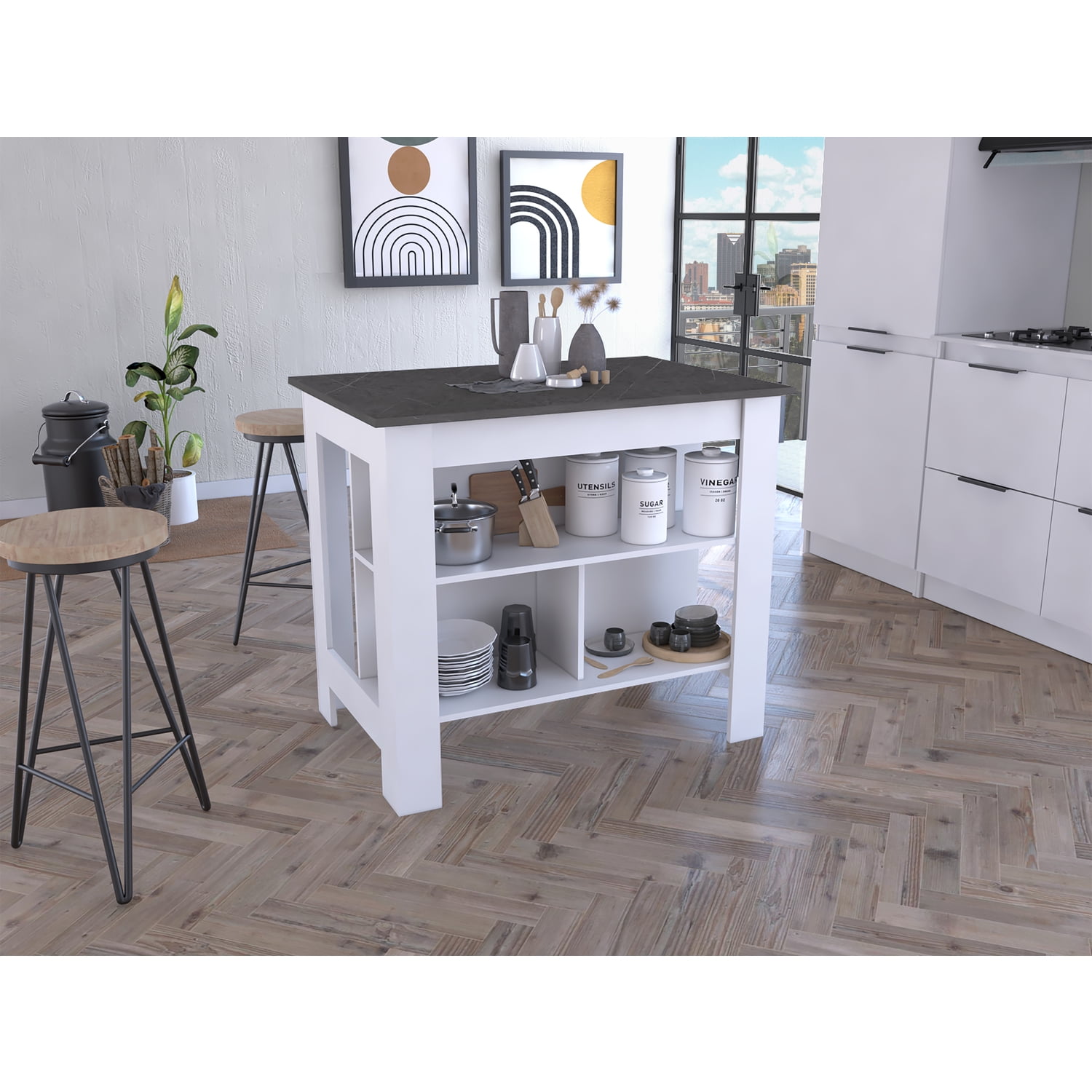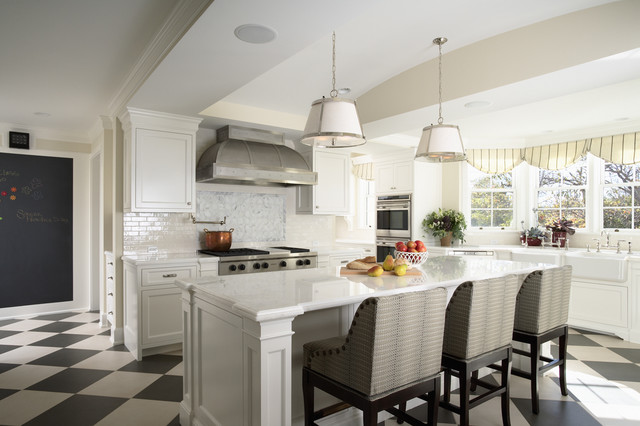Trick Factors To Consider for Finding the very best Legs For Kitchen Island for Your Style
When choosing the perfect legs for your kitchen area island, several essential factors to consider come right into play that can considerably affect both capability and aesthetic appeals. The choice of product, design, and height need to align with your overall kitchen area layout to ensure a harmonious appearance.
Determine Your Design Choice
Determining your style preference is critical when choosing the ideal legs for your kitchen area island. The legs of your cooking area island not just offer a functional purpose however additionally add dramatically to the total visual of the room. Identifying your layout style-- be it modern-day, rustic, standard, or commercial-- is crucial.
For a contemporary kitchen area, consider streamlined, minimalistic legs that match open areas and tidy lines. Standard kitchens frequently prefer turned or luxuriant legs, which can add a touch of style and class.
Furthermore, consider the height and percentage of the legs in regard to the island's surface area. This guarantees the aesthetic balance and performance essential for day-to-day use. Assessing the existing elements in your kitchen area, such as kitchen cabinetry and home appliances, can also guide your decision, making certain cohesiveness in design. Eventually, your design choice will certainly affect not only the option of legs however additionally the overall harmony of your kitchen's style.
Pick the Right Material
Selecting the best material for your kitchen area island legs is essential in guaranteeing both durability and aesthetic appeal. Various materials provide unique benefits, and the choice usually mirrors your design choices and practical demands.
Wood is a popular selection, providing warmth and convenience. It can be tarnished or painted to match your cooking area decor, making it versatile to numerous designs, from rustic to modern. Nonetheless, timber might call for routine upkeep to maintain its look and stability.

If you look for a special touch, take into consideration acrylic or glass materials. They can create an impression of room and lightness in your cooking area, making them an outstanding selection for smaller locations - Legs For Kitchen Island. These alternatives may need careful handling and maintenance to prevent scrapes.
Ultimately, the material you select should align with your kitchen area's overall layout, making certain that the legs serve both practical and decorative functions.
Take Into Consideration Height and Percentages
When creating a cooking area island, elevation and percentages play a critical role in guaranteeing performance and comfort,. The common elevation for a cooking area island usually varies from 36 to 42 inches, straightening with standard counter elevations or bar elevations, specifically. This dimension is important for harmonizing with bordering feceses and kitchen counters, making it possible for convenience of usage throughout dish prep work and social communications.
Furthermore, the island's proportions have to match the total cooking area layout. Consider the proportion between the island's size and length, guaranteeing it offers sufficient surface location without crowding the kitchen area.
Furthermore, the elevation of the legs or base can influence the aesthetic charm and performance. Taller legs might offer an extra contemporary, ventilated feel, while much shorter ones can evoke a traditional, based look. Eventually, carefully considering height and percentages will lead to a cooking area island that is both functionally efficient and aesthetically appealing, improving the overall style of the room.
Assess Stability and Resilience
A cooking area island's legs need to not just complement its elevation and percentages but likewise provide ample stability and toughness to sustain daily tasks. The legs are important to the general capability of the island, as they bear the weight of the counter top and any kind of additional tons, such as devices or food prep work tasks.
When examining security, it is essential to think about the leg layout and product. For instance, durable steel or strong wood legs often provide remarkable toughness contrasted to lighter products like engineered wood or plastic. In addition, a wider base can boost security, lowering the threat of tipping or tottering throughout usage.
Durability is similarly essential; the legs must stand up to damage from day-to-day usage. Think about finishes that safeguard against scratches, damages, and dampness, specifically in a cooking area atmosphere. Moreover, examine the high quality of building, such as fastenings and joints, which can significantly influence the legs' long-term performance.
Ultimately, investing in well-crafted legs that focus on stability and sturdiness will ensure your kitchen island remains a reliable workspace for many years to come, boosting your culinary experiences while keeping aesthetic appeal.
Consider Maintenance and Treatment
Maintenance and treatment are crucial considerations for making certain the durability and efficiency of kitchen area island legs. When selecting legs, it is necessary to evaluate the products used, as various options need varying degrees of maintenance. Wooden legs may call for periodic refinishing or sealing to protect against moisture damage and scrapes, while metal legs may need regular polishing to maintain their luster and stop rust.
Furthermore, the coating related to the legs can influence maintenance needs. A high-gloss coating might be simpler to clean however can reveal fingerprints and scratches quicker than a matte surface. It is suggested to choose materials and surfaces that match your lifestyle; for a knockout post instance, if you frequently host celebrations, go with durable products that can stand up to damage.
Furthermore, think about the cleansing process involved in maintaining these legs. Smooth surface areas often require minimal initiative, while intricate designs might accumulate dirt and gunk, necessitating more labor-intensive cleaning methods. Legs For Kitchen Island. Eventually, considering the upkeep and treatment needed for your selected kitchen area island legs will not just enhance their aesthetic allure yet additionally guarantee their useful stability over time
Conclusion
Finally, selecting the optimal legs for a kitchen island demands mindful factor to consider of various elements, including layout style, product option, maintenance, security, and elevation. Each component plays an essential role in guaranteeing that the legs not just improve the aesthetic appeal of the cooking area however also provide the essential assistance and toughness for daily usage. A knowledgeable decision will eventually add to a practical and visually pleasing cooking area atmosphere.
The legs of your kitchen island not just serve a useful function but additionally contribute significantly to the total visual of the room.Maintenance and here treatment are vital considerations for making sure the longevity and efficiency of kitchen area island legs. Wooden legs may require regular refinishing or sealing why not look here to stop moisture damage and scratches, while steel legs may require normal polishing to keep their shine and stop corrosion.
Ultimately, factoring in the maintenance and treatment required for your selected cooking area island legs will not only enhance their visual appeal however additionally ensure their practical stability over time.
